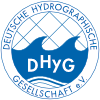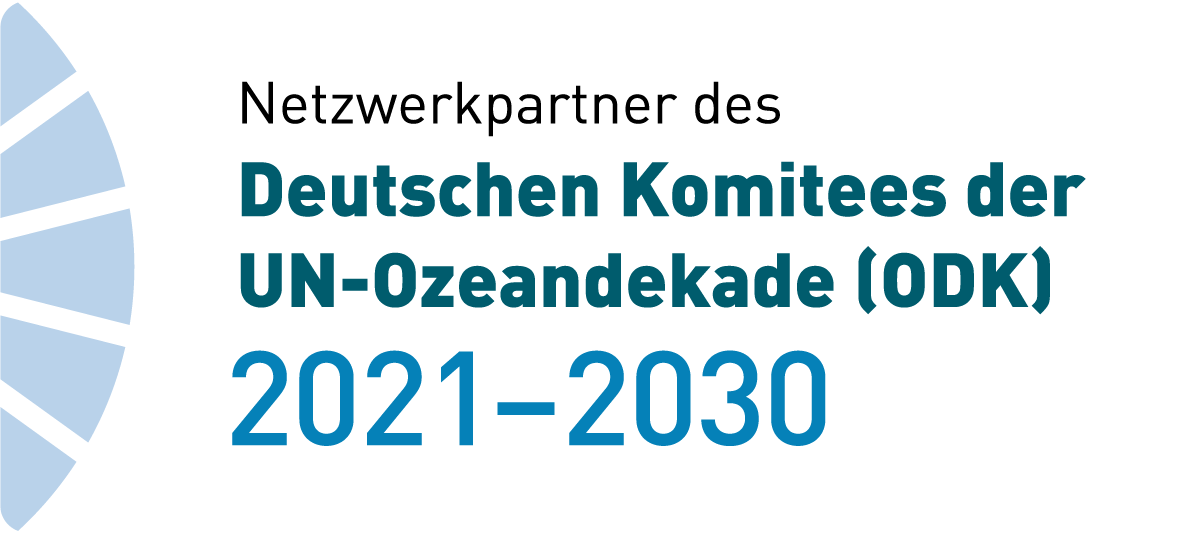Tracking von Korallenlarven für Riffschutz und Forschung
Korallenriffe sind hochdynamische Ökosysteme mit großer Bedeutung für marine Biodiversität und natürlichen Küstenschutz. Eine entscheidende Rolle bei ihrer Regeneration spielen die Korallenlarven – winzige und noch frei schwimmende Organismen, die über Bewegung und Substratwahl die Wiederbesiedlung geschädigter Riffbereiche bestimmen. Am Institut für Chemie und Biologie des Meeres (ICBM) werden tropische Korallenarten gezielt zur Fortpflanzung angeregt, wodurch Larven unter kontrollierten Bedingungen verfügbar sind. Parallel wurde an der Jade Hochschule ein modulares, KI-gestütztes Trackingsystem entwickelt, welches Larvenbewegungen automatisiert und hochauflösend erfasst. Das System basiert auf handelsüblichen Komponenten, ist dokumentiert und flexibel erweiterbar. In einem ersten Versuch mit Leptastrea purpurea konnte es erfolgreich validiert werden. Es ermöglicht differenzierte Analysen der Larvendynamik und bildet die Grundlage für weiterführende Studien zu chemischen, physikalischen oder substratbasierten Einflussfaktoren. Damit eröffnet es neue Wege für standardisierte Experimente in der Riff- und Küstenforschung und trägt somit dazu bei, kleinste Prozesse sichtbar zu machen, die für großräumige ökologische Strukturen entscheidend sind.
Korallenriff | Tracking | Bewegungskoordinaten
Coral reefs are highly dynamic ecosystems with great importance for marine biodiversity and natural coastal protection. A decisive role in their regeneration is played by coral larvae – tiny and still free-swimming organisms that determine the recolonisation of damaged reef areas through movement and substrate selection. At the Institute of Chemistry and Biology of the Marine Environment (ICBM), tropical coral species are specifically stimulated to reproduce, making larvae available under controlled conditions. At the same time, a modular, AI-supported tracking system was developed at Jade University, which records larval movements automatically and in high resolution. The system is based on commercially available components, is documented and can be flexibly expanded. It was successfully validated in an initial trial with Leptastrea purpurea. It enables differentiated analyses of larval dynamics and forms the basis for further studies on chemical, physical or substrate-based influencing factors. It thus opens up new avenues for standardised experiments in reef and coastal research and helps to visualise the smallest processes that are decisive for large-scale ecological structures.
coral reef | tracking | movement coordinates


